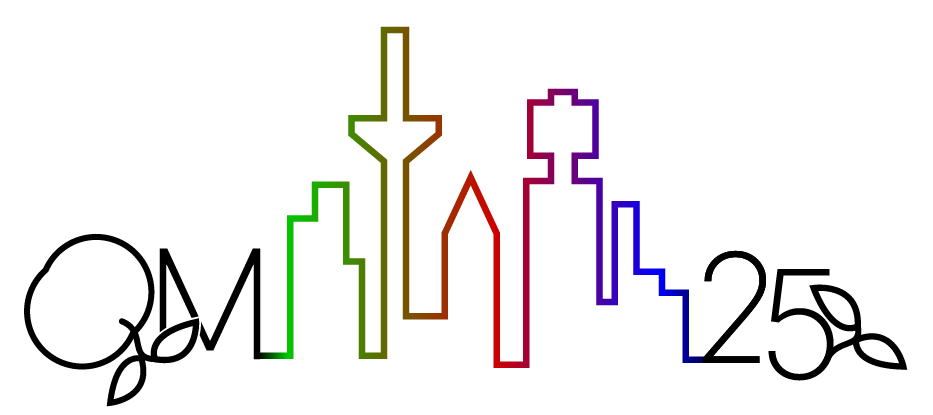Speaker
Description
Anisotropic flow characterizes the shape and direction of expansion of the medium created in heavy-ion collisions. The Fourier coefficients in the expansion of particle azimuthal distribution describe the collective response of the medium to the shape of the initial collision geometry,
and are sensitive to the equation of state (EOS). A non-monotonic slope in the first-order flow coefficient $v_1$ (directed flow) is proposed as a potential signature of a first-order phase transition between the QGP and hadronic phase. The second-order coefficient $v_2$ (elliptic flow) exhibits NCQ scaling at top RHIC and LHC energies, reflecting partonic collectivity, but this scaling vanishes at $\sqrt{s_{NN}} = 3$ GeV. The third-order coefficient $v_3$ (triangular flow) is typically driven by initial-state fluctuations and is uncorrelated with the reaction plane. However, recent measurements at lower collision energies reveal a correlation between $v_3$ and the first-order event plane angle ($\Psi_{1}$), attributed to collision geometry and the potential in the responsive medium.\
\indent In this talk, we will report the measurements of $v_1$, $v_2$, and $v_3\{\Psi_{1}\}$ for light, strange, multi-strange, net-particles, and light nuclei in Au+Au collisions. These measurements span energies of $\sqrt{s_{NN}}$ = 3.2 -- 4.5 GeV in fixed-target mode, as well as 7.7 -- 19.6 GeV in collider mode, from the second phase of the Beam Energy Scan (BES-II) program at RHIC-STAR. We will present the precise measurements of $v_2$ for $\phi$ mesons and multi-strange hadrons, along with the energy dependence of NCQ scaling. The presented results aim to shed light on the onset of partonic interactions. Additionally, atomic mass number (A) scaled $v_1$ slope of light nuclei will be presented to understand their production mechanism. The experimental measurements will be compared with transport model calculations to explore the underlying physics mechanisms in the high baryon density region of the QCD phase diagram.
| Category | Experiment |
|---|---|
| Collaboration (if applicable) | STAR |
